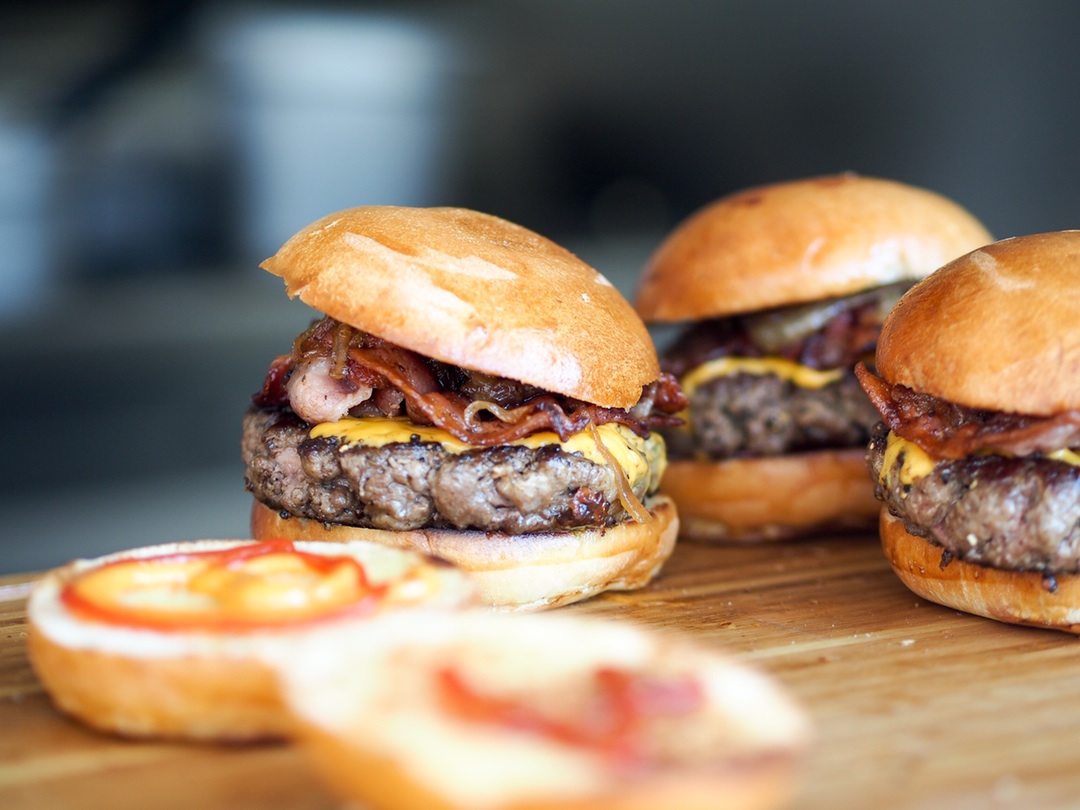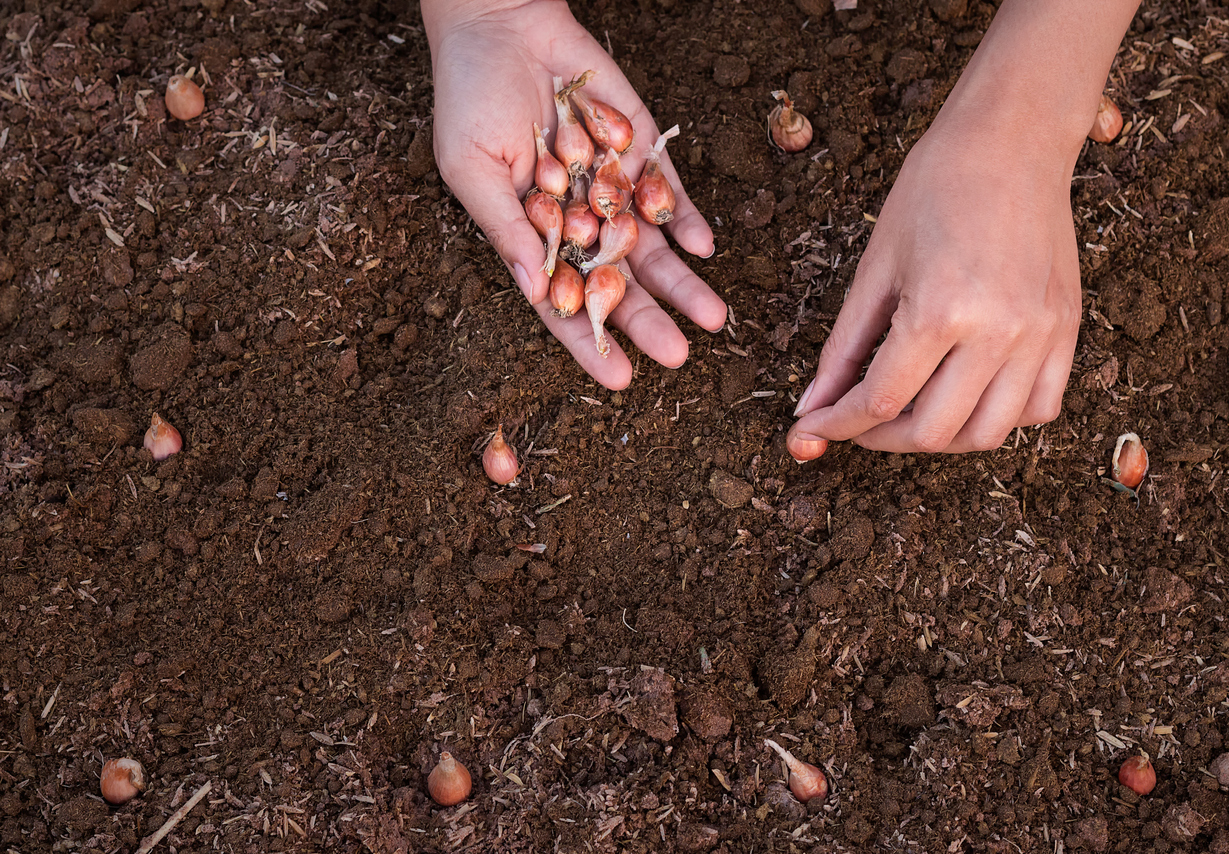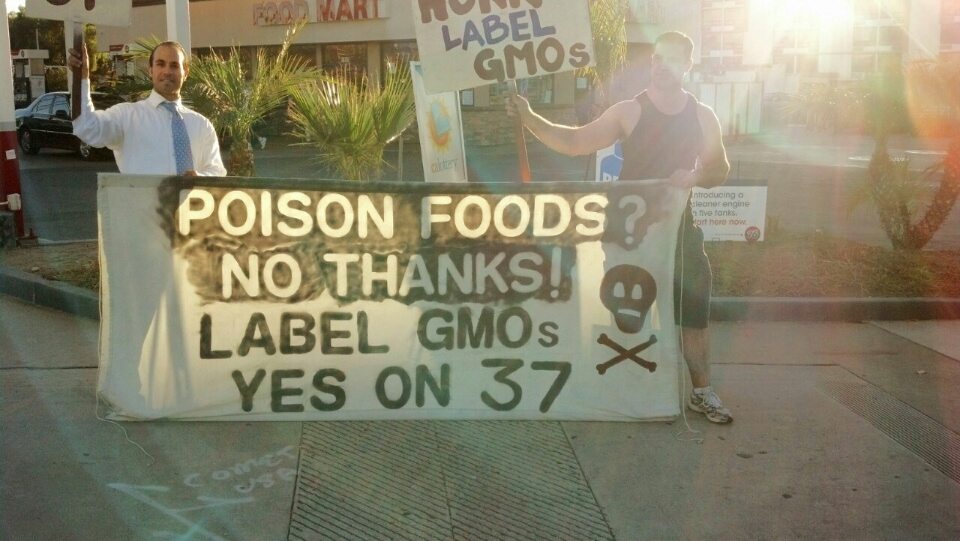It’s the darling of the new food world. Since 2011, it has attracted $183 million in investments, including a $108 million Series D round in 2015 that drew the likes of Bill Gates, Li Ka-shing’s Horizons Ventures, and Khosla Ventures. It’s currently valued at $800 million—and turned down a $200 to $300 million takeover bid from Google, stating that it just wasn’t enough money.
Not bad for a company that has yet to launch a single product on the market.
What is the deal with Impossible Foods? How is it that at a time when most food entrepreneurs have to demonstrate revenue streams to get substantial investments, it has collected hundreds of millions in venture capital investment? (In 2015, it was responsible for 14 percent of all VC investments in food.) What are the venture capitalists looking at, and what do they think they see? We’re hitting—or maybe even sliding past—the time period when Impossible Foods said it would deliver a revolution, with no real sense of when the company plans to take the next big step. Did a bunch of smart guys get in on the ground floor of tomorrow’s diet—or is Smart Foods going to be one of the early warning signs of the Food Bubble?
The biochemist and the burger
The man behind Impossible Foods is Patrick O. Brown, a distinguished biochemist and professor emeritus at Stanford University. In 2009, Brown took time away from the university to work on the problem of how to get people to turn away from raising livestock for dairy and meat, because of the practice’s environmental effects. That work led him to Tal Ronnen, a celebrated plant-based chef and owner of Los Angeles’s Crossroads; Monte Casino, former cheese-making instructor at Le Cordon Bleu; Jean Prevot, former cheese maker for Laura Chenel Chèvre; and serial entrepreneur Matthew Sade. The group started Kite Hill, which made plant-based cheese from fermented nut milks (rather than nut pastes). Brown supplied the enzymes and cultures. The company, backed by Khosla Ventures, now sells its products through Whole Foods Markets.
Brown, meanwhile, went after his next challenge: the cheeseburger. Rather than just look for a combination of conventional ingredients that approximated the taste, aroma, and feel of beef, he worked with molecular biologists, biochemists, and physicists to analyze beef down to the molecular level, looking for the combination of proteins, fats, nutrients, and amino acids that would persuade even carnivores that they were eating the real thing. The centerpiece of the effort was a plant-based heme that captures the look and taste of blood.

Amount of water used to produce 1 kg of food
By all accounts (and there aren’t that many first-hand accounts of this rather secretive company), the burger does indeed taste like meat, though there are mixed opinions on how good it is. And when the Wall Street Journal announced the existence of Impossible Foods in 2014, the cost of a single burger was around $20, an order of magnitude or two too high. How much has it come down since then? It’s not clear.
Moreover, there’s still no clear sense of when the Impossible burger will come to market. The company had promised late 2015, then early 2016, then just … 2016. Given the technical challenges of what Brown and team are trying to accomplish, that’s not necessarily unreasonable. But if you pitched a banker for a loan for a new barbecue sauce with this level of uncertainty, he’d toss you out. What makes this different?
Theories vary. Here are the most persuasive ones we’ve heard.
It’s a disruptor—at least for now. People throw the word “disruptive” around pretty loosely these days. But for Impossible Foods it actually seems appropriate. Where previous plant-based meat and dairy substitutes are mostly a matter of applying traditional processing to alternative—but not unfamiliar—ingredients, Impossible Foods, with its focus on working with the basic building blocks of foods, opens up new territory.
For one thing, because the company is creating its product from scratch—engineering the actual ingredients—it is probably using a patentable process. That’s a huge industry advantage, explains Barb Stuckey, executive vice president of marketing and sales at the consulting and branding firm Mattson.
For another, the make-it-from-scratch approach can potentially change the economics of producing meats. It’s not easy to see that happening in the current version of the process, in which the building blocks are extracted from plants, legumes, and seeds. But in the long run, it is possible, maybe even likely, that the company will obtain some of them through bioprocessing. The pharmaceutical industry has been using fermentation-based technology to produce insulin, enzymes, and other protein-based drugs for decades. The process requires genetic engineering, but it is possible that consumers will see a difference between inserting a plant gene in yeast cells to produce protein and inserting foreign genes in a plant or animal intended to be eaten. (For what it’s worth, the Vermont GMO law makes exactly that distinction.)
Finally, there’s the cool factor. Impossible Foods’ combination of pure science and cutting-edge technology with trendy health and environmental sensitivity is an ambitious feat. “When you have an audacious and inspiring vision, even if it’s a long shot, people will come together behind you.” says Ali Partovi, a Silicon Valley investor who has backed Airbnb, DropBox, and Uber, as well as various food-related ventures such as Thrive Market.
Beef is a huge market. The U.S. beef market is worth an estimated $95 billion. That may sound daunting, but as an entrepreneur, you’d rather be fighting for a small share of a huge market than a huge share of a small one. If artificial beef can do what nondairy milk has done and capture abut 10 percent of the market, that works out to $9.5 billion, enough to sustain multiple companies.
There’s big need. Meat is increasingly coming under fire as an unsustainable part of the human diet, contributing disproportionately to greenhouse gases and climate change. And, as Yogi Berra might have said, the portions are so small! As emerging markets like China turn to a more Western style diet, meat consumption is rising. Some estimates say that global consumption will rise 75 percent by 2050. There’s real doubt whether conventional production can keep up with demand—and real fears of the environmental costs. That makes Brown’s value proposition—a meat substitute that will satisfy carnivores, created with a lower carbon footprint at (eventually) lower cost, and produced without the contaminants and waste of conventional beef—particularly attractive.
“I think it’s the way we’ve got to end up going,” says Rob Enderle, technology analyst formerly involved with tech companies such as EMS Development Company, ROLM Systems, and IBM. “There are too many contaminants making their way through the food process as it is.” Taking the raw material and manufacturing it, rather than having to kill animals and process them into food, is a safer and more efficient alternative, he thinks.
Artist rendering of in vitro meat at the supermarket
The investors aren’t all in it just for the money. Most investors want a return on their money as quickly as possible. VCs notoriously want out in three to five years. But that’s not true of everyone. Conspicuous among the investors in Impossible Foods is Bill Gates. For an investor like him, a longer-term investment can still be cheaper and more productive than a charitable contribution. It’s rare to see a startup that is engaged in fundamental enough research to draw the attention of philanthropists, but Impossible Foods clearly fits the profile.
Those are the arguments in favor of Impossible Foods’ valuation and fabulous investment record. Here’s the other side:
We might be in a bubble. Sam Rubenstein, president of Panacea Capital Advisors, says that the food industry today has many investors and advisors scratching their heads. When companies go public, he says, they normally get a bump in valuation, but lately they actually depreciate in value, so there’s a frothy aspect to valuation at the moment. There are a lot of deals going on in the food sector, but $800 million is probably an overvaluation.
With 153 unicorns (companies valued at $1 billion and above) receiving a total valuation of $573 billion, each with seemingly novel ideas, many fear the rise of bad unicorns. Some are comparing the frenzy behind visionary-like product funding to that of the dot-com bubble. In fact, two-thirds of today’s startup founders believe we’re in a bubble right now.
“We’ve got a whole graveyard of companies,” notes Rob Enderle.
 Technology marches on. Impossible Foods represents an important step beyond its predecessors like Beyond Meat. But we can already see companies lining up to surpass Impossible Foods. The next generation of artificial meat companies includes Memphis Meat, Mosa Meat, and Modern Meadow. All of them plan to produce meat by growing it directly from a cell culture of animal cells—kind of like getting meat to grow in a bioreactor without going through the fuss of growing the rest of the animal. All three companies seem to be about five years away from coming to market, and any of them could disrupt Impossible Foods.
Technology marches on. Impossible Foods represents an important step beyond its predecessors like Beyond Meat. But we can already see companies lining up to surpass Impossible Foods. The next generation of artificial meat companies includes Memphis Meat, Mosa Meat, and Modern Meadow. All of them plan to produce meat by growing it directly from a cell culture of animal cells—kind of like getting meat to grow in a bioreactor without going through the fuss of growing the rest of the animal. All three companies seem to be about five years away from coming to market, and any of them could disrupt Impossible Foods.
Think of it this way: If Impossible Foods is valued at $800 million, that probably means that investors think it’s capable of reaching about a billion dollars in annual sales. That’s hard to accomplish. It’s harder still when the clock is ticking on a new technology that can displace you. (Which is why companies like Impossible Foods so often buy companies that own a more advanced technology: If you can’t beat it, own it.)
Maybe it’s something no one needs. “It’s going to take time for anything like this to morph into more mainstream America,” says Mike Burgmair, managing director and co-founder at Whipstitch Capital. The idea of engineering a product in a lab still makes many nervous. The ongoing GMO debate is just one example of this.
Sam May, former tech analyst and current board member for the Maine Organic Farmers and Gardeners Association, doesn’t find the idea of artificial meat worth discussing, not even for its environmental benefits. The companies funding Impossible Foods, he says, are the very ones pushing this idea that we need Impossible Foods. “Restoration of real agriculture can solve these problems, but it won’t make any shareholder money and that’s the problem,” May claims.
Will we all learn to love meat from a factory or bioreactor? Will agriculture figure out how to feed the 10 billion and save the planet? Will we all just give up meat as a bad idea and feed ourselves on vegetables? Stay tuned.
In the meantime, we can hardly wait to taste that cheeseburger. Make it medium well.
Correction: March 31, 2016. An earlier version of this article listed the Gates Foundation as an investor in Impossible Foods. The investor is Bill Gates, not the Gates Foundation.












